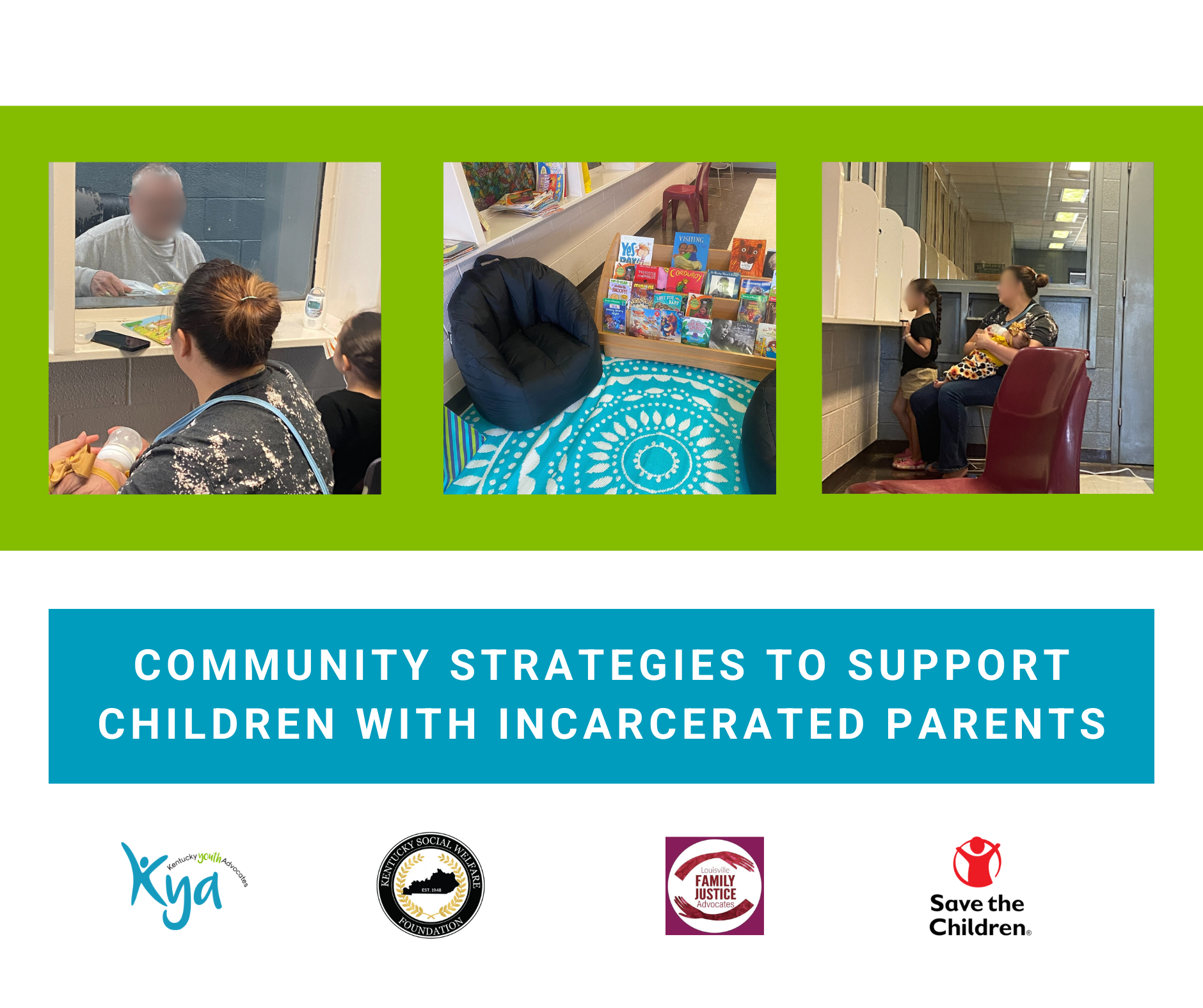 For many people, receiving a raise, promotion, or new job opportunity is something to celebrate. However, for families utilizing public benefits, a raise in wages can often be met with anxiety around what that raise will mean for their benefits and overall ability to provide for their families.
For many people, receiving a raise, promotion, or new job opportunity is something to celebrate. However, for families utilizing public benefits, a raise in wages can often be met with anxiety around what that raise will mean for their benefits and overall ability to provide for their families.
The benefits cliff refers to the sudden decrease in public benefits that often occurs when recipients get a small increase in earnings. This cliff has consistently been found to be a barrier for low-income families’ career growth, as the loss in benefits is often greater than the increase in wages.
Led by Senator Jason Howell and Representative Jason Dixon, the Benefits Cliff Task Force will spend the interim evaluating this cliff and its impact on Kentucky families, as well as developing recommendations to smooth families transitions off of benefits. The first meeting centered around what other states were doing to address the benefits cliff, as well as what resources were already available in Kentucky, and featured presentations from the National Conference of State Legislatures, Foundation for Government Accountability, and the Kentucky Center for Statistics.
Kentucky currently has several programs that address the benefits cliff, such as the transitional benefits policies that exist in Kentucky’s Child Care Assistance Program (CCAP) and K-TAP programs. These transitional benefits allow recipients who are no longer eligible for benefits to continue receiving a reduced level of benefits for several months in order to have time to adjust their family budgets. Another support is the Family Resource Simulator operated by the Kentucky Center for Statistics, which allows families to evaluate the impact a wage increase would have on their benefits.
While these programs do a fantastic job helping those newly ineligible for benefits adjust, they do little to help families who are eligible and whose benefits may decrease substantially and suddenly by changes in income. However, there are a number of policies that Kentucky could pursue to help smooth the cliff for families utilizing public benefits:
- Establish state refundable tax credits such as the Earned Income Tax Credit and Child Tax Credit. Refundable tax credits allow working, low-income families to keep more of their earned income, which can offset the loss in income that a reduction in benefits can bring and incentivize career growth. When Maine did a study of their benefits cliff, they found that the federal EITC and increases to the state EITC would almost entirely smooth out the benefit cliff, even without other reforms to benefit programs.
- Maintain the increase in eligibility and elimination of co-pays for the Child Care Assistance Program. For many Kentucky families with young children, the cost of child care is a major barrier to entering and staying in the workforce. CCAP addresses this by subsidizing child care for low income families. Federal funding has strengthened this support by increasing eligibility and eliminating the copays families have to pay. However, these program improvements are set to expire when federal funding runs out, meaning many families will lose access to child care support and qualified, low-income families will have to pay a larger percentage of their income on child care.
- Taper out benefit amounts so a family receives less as they earn more. The Supplemental Nutrition Assistance Program (SNAP) is administered in a way that tapers out, with families receiving less in benefits as they earn more. However, Medicaid coverage has an abrupt cutoff where even earning $1 more than the income cut off means a complete loss of benefits. Programs such as the Bridge Insurance program established by the legislature last session can help provide families on Medicaid with a smoother exit off of benefits.
- Align rules and requirements across programs. Each benefit program has its own set of rules and regulations, making it difficult for families and front line staff to navigate benefits. Policies such as data-sharing, streamlined applications, and streamlined eligibility determinations can cut red tape for both families and administrators. Kentucky has taken a number of steps over the years to align program rules and requirements, but more work could be done to further align these programs.
The Benefits Cliff task force will continue to meet throughout the interim to evaluate ways to address the benefits cliff here in Kentucky – check out the task force meeting schedule, minutes, and additional information HERE. Kentucky kids and families are counting on this task force to ensure the recommendations smooth the benefits cliff, not make it steeper.






Leave A Comment